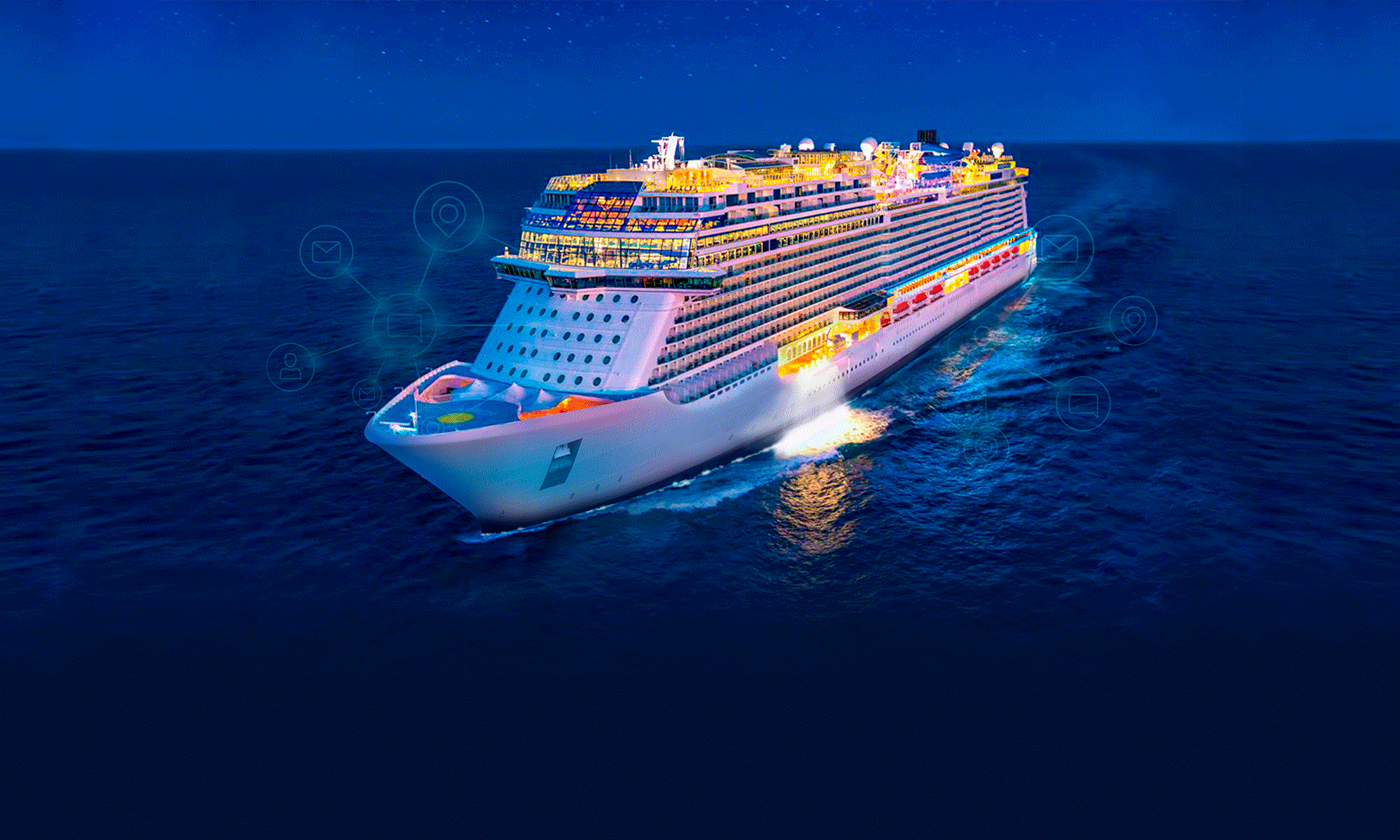As the last Covid-19 wave caused by the Omicron variant comes to an end, cruise lines keep taking safety measures to avoid cases from spreading on board. The industry has been seriously hit by the pandemic and companies have been following the steps required to continue operating.
The U.S. Centers for Disease Control and Prevention’s Conditional Sailing Order—a framework of mandatory safety procedures for foreign-flagged ships in U.S. waters—expired on January 15 and is now optional. Nevertheless, so far all U.S. based cruise ships have opted in, according to the CDC dashboard. The organization classifies ships according to their level of vaccinated crew and passengers, as well as the number of reported cases, and sets different rules for each group.
In this scenario, it seems like the CDC guidelines plus the Healthy Sail Panel best practices are the criteria that cruises will continue to use in order to avoid a new wave of Covid-19 cases. Most of the rules have to do with social distancing, vaccination, and hygiene, such as:
- Implement physical distancing of crew members who are not up to date with their COVID-19 vaccinations when working or moving through the ship (maintaining at least 6 feet [2 meters] from others).
- Instruct crew members to properly wear a well-fitting mask when outside of individual cabins.
- Modify meal service to facilitate physical distancing (e.g., reconfigure dining room seating, stagger mealtimes, encourage in-cabin dining).
- Discourage handshaking – encourage the use of non-contact methods of greeting.
- Promote respiratory and hand hygiene and cough etiquette.
- Place hand sanitizer (containing at least 60% alcohol) in multiple locations and in sufficient quantities to encourage hand hygiene.
- Ensure handwashing facilities are well-stocked with soap and paper towels.
- Crew should remain up to date with their vaccines, which includes additional doses for individuals who are immunocompromised or booster doses at the appropriate time.
If Covid-19 cases are detected in a cruise ship, passengers infected get isolated and the rules become more strict:
- Minimize the number of crew sharing a cabin or bathroom to the extent practicable.
- Instruct crew members to remain in cabins as much as possible during non-working hours.
- Cancel all face-to-face employee meetings, group events (such as employee trainings), or social gatherings.
- Close all crew bars, gyms, and other group settings.
- Close crew indoor smoking areas.
- Provide all crew members with well-fitting, high-quality masks or respirators, such as KN95s.
- Expedite contact tracing (including the use of wearable technology, recall surveys, and the onboarding of additional public health staff).
As cases increase, the CDC requires more measures that include massive testing and can even force the cruise ship to return to port immediately or delay the next voyage. For this reason, keeping cases under control is vital for companies.
How Can Ship Technology Prevent A Covid-19 Outbreak?
Ship technology is the best ally for cruise companies during the pandemic. From facilitating communications to enabling contact tracing, these services can help keep cases at bay. Let’s take a look at some of them:
Onboard communications and world calling: passengers and crew can text and call as they were inland, keeping in touch with medical services and health authorities, and respecting social distance.
Contactless technology: passengers can check-in, open the door, turn on the light, adjust the temperature in the room, speak with the front desk, wait in line, and much more just by using an app on their phone.
Contactless Vital-Sign Health Screening: vital signs from passengers and crew are screened by an app installed on their phones. Data from network-enabled, medically approved electronic health-monitoring devices are securely relayed using end-to-end encryption, and the medical team is alerted if abnormal results are detected. This feature comes especially handy to control vital signs from people in quarantine.
Private and anonymized contact tracing: when a contagious guest or crew member is identified, an app can trace the people that have had close contact for them to be tested and quarantined, if necessary.
Air filtration: the air is the main vehicle for Covid-19 to spread. For this reason, high-efficiency particulate air (HEPA) filters are the best tool to keep the air clean and safe for passengers and crew.
Despite the CDC advising travelers to avoid cruising for considering it a “very high risk of Covid-19” activity, cruise lines have reasons to be hopeful: in a late-January Cruise Critic survey of 1,563 travelers who had taken a cruise in the past 90 days — during the peak of the omicron wave — 96% of respondents said they felt safe onboard and 88% said they would sail again under the same circumstances.
If companies leverage these technological features to avoid more Covid-19 outbreaks, they will be for sure on their way to recovery. Get more information here.
